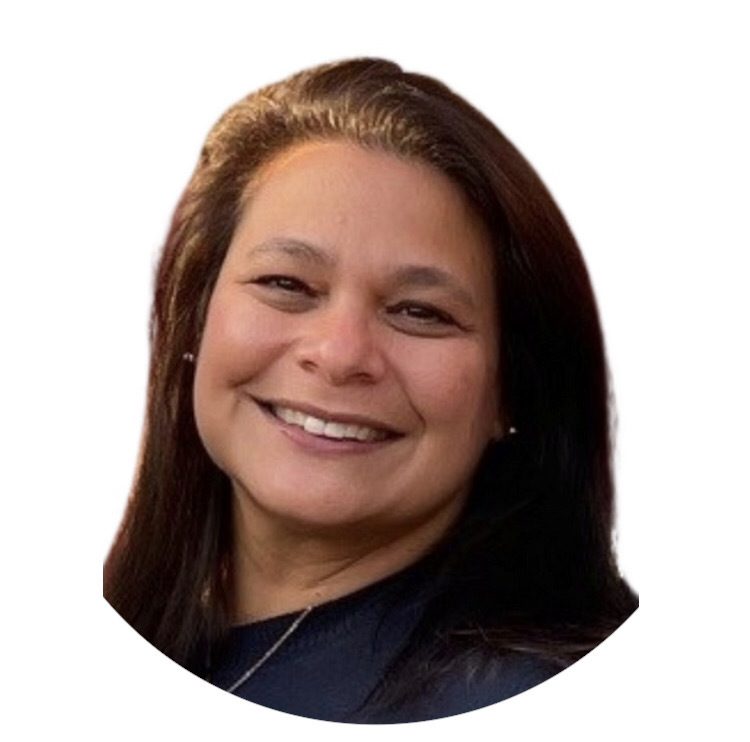
“I’ve never heard of it. Are you sure that’s what the doctor called it?”
“I think my neighbor’s aunt has that.”
“It’s probably not that serious. I’m sure you’ll be fine.”
“At least it’s not cancer.”
“You don’t look like anything is wrong with you.”
“I’m sure if you [lose a little weight, get out in the sun more, don’t stress so much, other random tidbit of advice], you’ll feel so much better.”
And my personal favorite: “Don’t you feel guilty about passing it onto your child?”
These are some of the things that people have said to me when I tell them I have a rare disease.
I get it. They may never have met someone with Fabry disease, so they aren’t familiar with what it is and how it affects that person. I’ve found that a common aspect of the human condition is to attempt to explain the unknown, even if it’s unknown only to you. Most people mean no harm; however, these words often still sting a bit.
April is Fabry Disease Awareness Month. It’s a time for those of us in the Fabry community to dispel myths and increase understanding of how living with this disease can impact us as patients or caregivers. I, like so many others, have been fighting this fight for a long time.
When the doctors first told my dad that the reason his kidneys were failing in his early 40s was from a rare genetic disease called Fabry, we didn’t know what to think or how to feel. It was the mid-1980s, and not much was known about the disease itself, even among leading researchers and physicians. They knew that Fabry could have serious medical implications, including kidney and heart failure and stroke. It also can cause debilitating gastrointestinal issues, hearing loss, and pain in the extremities, along with a host of other symptoms.
When my family was first propelled into the rare disease world, we were told there were fewer than 4000 people across the globe known to have Fabry. The most recent estimate is 1 in 40,000 live births. Because Fabry affects so many systems of the body and is relatively unknown to most physicians, obtaining a diagnosis can be quite complex. It’s like piecing together a complicated puzzle without having the picture on the front of the box. Unless they have a known family history, many patients aren’t diagnosed until well into adulthood even though the average onset of symptoms is 9 to 13 years of age. That amounts to years of suffering without having answers.
Over the past 4 decades, interest in bettering, and saving, the lives of people living with Fabry has increased greatly. There are new players, advocates and researchers, on the field and new approved treatments to slow the progression of the disease. Excitingly, even more treatment options are in the pipeline; new research is happening each day.
I am not sure there will ever be a time when I don’t have to explain what Fabry is, but as long as people are willing to listen to, validate the lived experiences of, and support people living with Fabry the best way they can, I’m ok with it.
Written by Sabina Kineen

